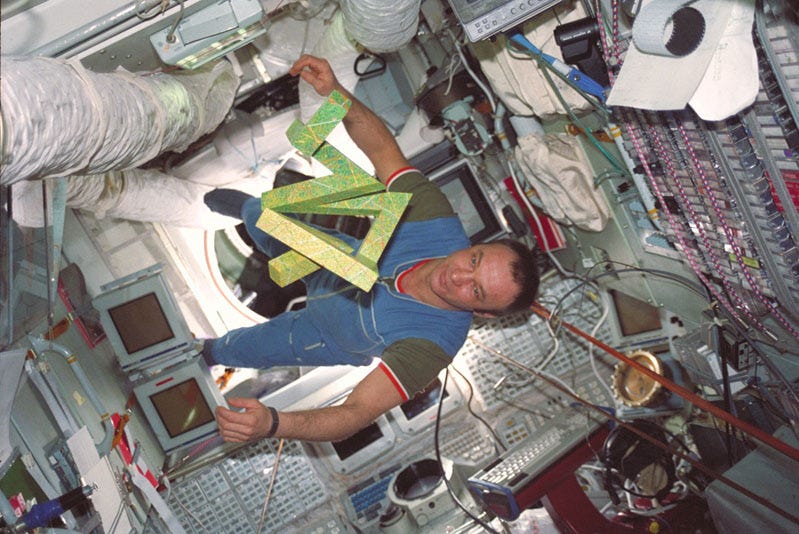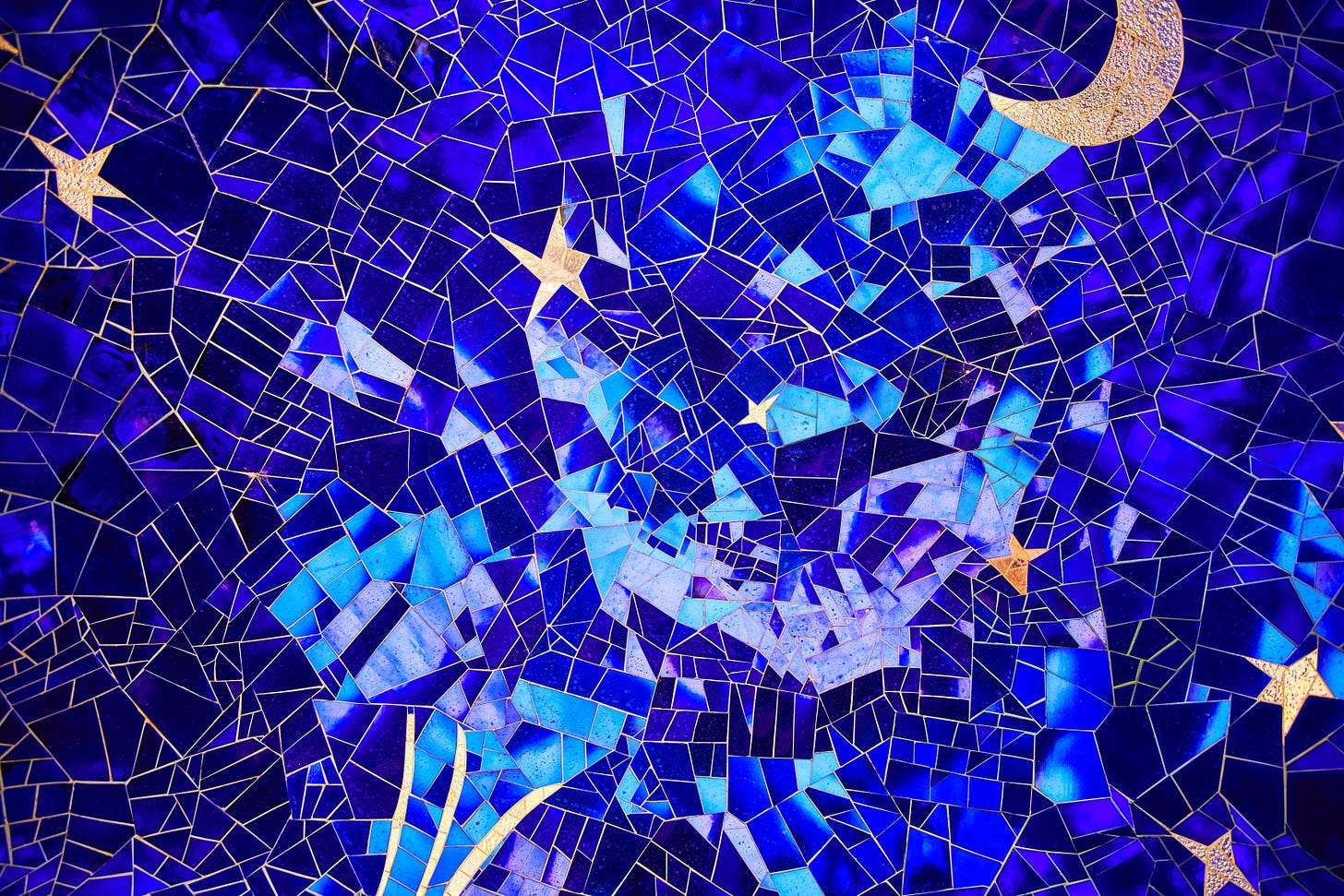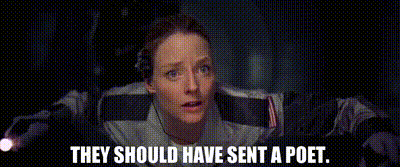A couple of weeks ago, billionaire Yusaku Maezawa announced the eight “artists and creatives” that he’s selected to accompany him on his flight around the Moon, a project called “dearMoon”. Maezawa will pay the ticket costs for the SpaceX flight, which the dearMoon website claims will occur in late 2023. It’ll be Maezawa’s second trip to space: he paid for his videographer and himself to fly to the ISS in December 2021 on a Soyuz spacecraft.
Now, I have a lot of thoughts about equitable access to space, and about the limitations of our current space gatekeepers (taxpayer-funded space agencies, private space tourism companies, and the billionaires who can afford to buy space travel from both) in terms of making space more accessible. But it looks like I’ll have plenty more opportunities to dive into those subjects in the next year or two. Besides, it’s probably a bit premature to talk about dearMoon as a confirmed flight, anyway; although Maezawa and Musk have both stated that dearMoon will launch in 2023, that deadline will almost certainly shift, given that SpaceX’s Starship spacecraft hasn’t even performed its first orbital test flight yet.
What’s actually been on my mind since I saw the latest dearMoon announcement is the idea of taking artists to space. When Maezawa announced the project in 2018, he said that he wanted to “share these experiences and things with as many people as possible,” so he had decided to invite artists who could then use their art to share the experience with the rest of us back on Earth.
This isn’t a new idea, of course. The most quotable version of the argument was uttered by Jodie Foster’s physicist-astronaut character in Contact (1997). As she looks out the window of her spacecraft and realizes she has no words to describe the celestial phenomenon in front of her, she gasps, “They should have sent a poet.”
Maezawa did not, in fact, select a poet for this project, but he did invite two musicians, a choreographer, a YouTuber, a photographer, a documentary filmmaker, and an actor (with a dancer and a snowboarder as backups). In short videos on the dearMoon website, most of the selected passengers spoke about their expectations for how the trip would affect them personally, and how the experience would affect their art. To be honest, I can’t muster much interest in seeing and hearing the work that these artists will produce based on their own personal experiences. Art based on space is not exactly new: space is pretty, whether you’re looking at the night sky or a telescope image or out the window of a spacecraft. Not only has art been launched into space before, but previous space travelers have made art about their experiences after they returned to Earth.

But a couple of the dearMoon video interviews have gotten me excited to see how art evolved as we begin making that art in space. Choreographer Yemi A.D. talked a bit about the importance of movement as communication, and how he’s looking forward to simply exploring how movement is different for space travelers during a flight. I love this perspective, and it prompts all kinds of questions about the future of off-Earth art: What will dance look like, unconstrained by gravity? What will be harder and easier about creating sculpture, paintings, and fiber arts in space? What will zero-g fashion look like once we finally move past the omnipresent jumpsuits?
(The idea of weightless choreography reminded me of the work being done by AstroAccess, the organization sending disabled crew members on parabolic flights to explore how their bodies and assistive technologies perform in a weightless environment. For example, they tested how well participants could converse in sign language while floating at different orientations to each other, and how well a wheelchair user could navigate the cabin with handholds.)
Another dearMoon participant, filmmaker Brendan Hall, acknowledged the legacy of filmmaking in space and said he was excited to see what new technologies he can use to innovate on that legacy. While I don’t know what exactly he has in mind for the dearMoon trip, it makes me wonder what kind of new artistic technologies and media we’ll create out of necessity or ingenuity or boredom in space. Will we build new musical instruments out of lunar dust and spare spacecraft parts? What would an orbital concert hall, designed for perfect acoustics, look and sound like? Or a dance or theater production that doesn’t need a 2D stage?
I can’t wait to find out. I just hope the space artists of the future, freed from Earth’s gravity well, will also be free from dependence on the indulgent patronage of billionaires to do their work.





